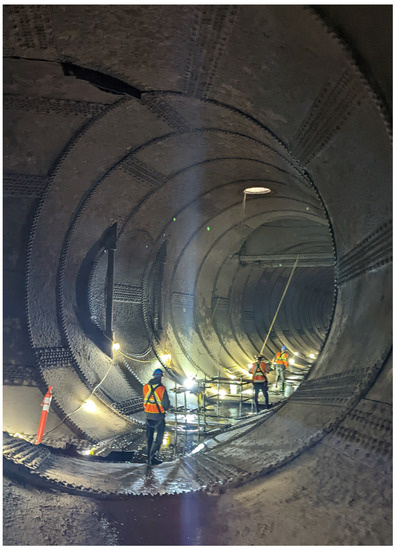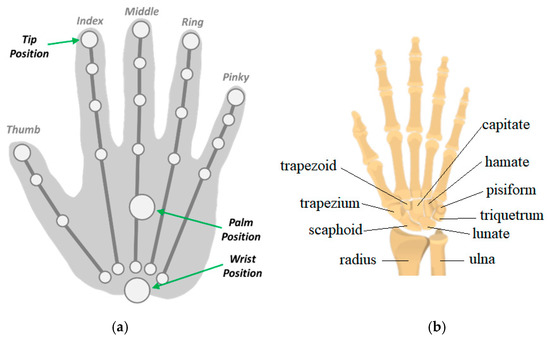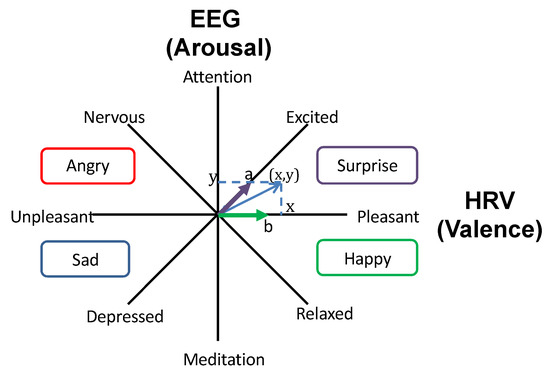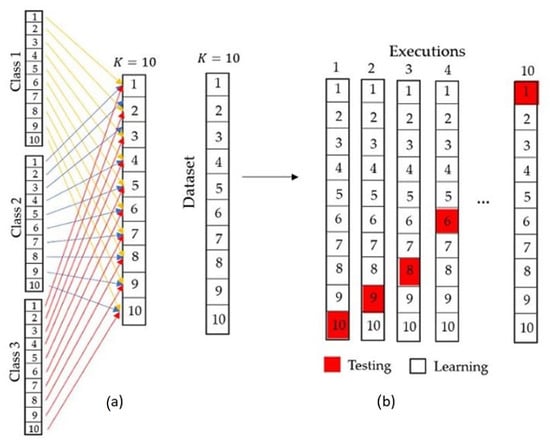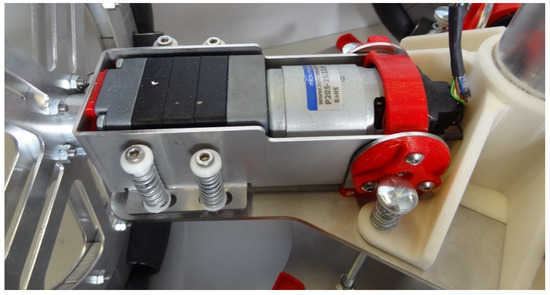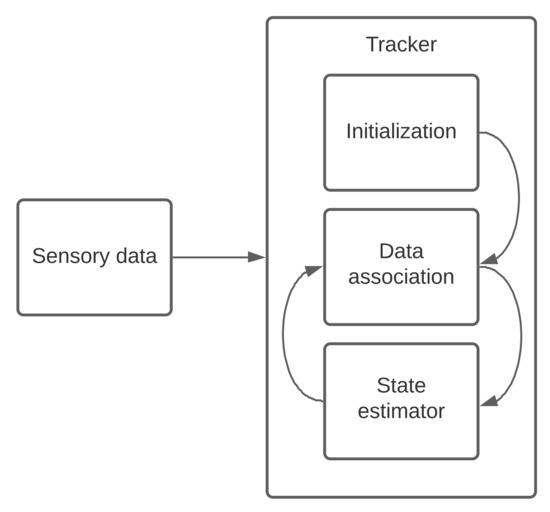Survey on Research of Sensors and Robot Control
A topical collection in Sensors (ISSN 1424-8220). This collection belongs to the section "Sensors and Robotics".
Submission Status: Closed | Viewed by 33996.png)
Editors
Interests: robotics and industrial automation; control; simulation
Topical Collection Information
Dear Colleagues,
Today, robots not only work in structured, well-known environments to perform repetitive tasks precisely and accurately; they also need to know information about themselves through the use of proprioceptive sensors on which the control feedbacks close.
The digital transformation of industry allows the continuous adjustment and reaction to unforeseen disturbing events of production systems through digital twin and similar technologies, and requires the intelligent sensorization of robots and resources for remote monitoring.
Today, robots are increasingly playing a role in our daily life and in civil society. They are called upon to do housework, to help and extend the social life of the elderly and the weak, to protect the environment, to keep worrying climatic events under control, and to help workers and people in a variety of tasks.
In new industrial and service applications, robots have to become familiar with and interact with the environments in which they operate and cooperate.
Robots are sometimes required to carry out, remotely supervised or autonomously, typical human tasks in extreme environments that are hostile and dangerous. Therefore, they must be endowed with the inspection, measuring, and testing capabilities typical of that task.
These applications require the heavy use of exteroceptive sensors and perceptive skills to recognize the environment and guide interaction activities, safeguarding the sustainability of the environment and human health.
The aim of this Topical Collection is to collect experimental and theoretical papers covering different aspects and modalities of sensing applications in the wide industrial and service robotics domain.
Prof. Dr. Rezia Molfino
Dr. Francesco Cepolina
Collection Editors
Manuscript Submission Information
Manuscripts should be submitted online at www.mdpi.com by registering and logging in to this website. Once you are registered, click here to go to the submission form. Manuscripts can be submitted until the deadline. All submissions that pass pre-check are peer-reviewed. Accepted papers will be published continuously in the journal (as soon as accepted) and will be listed together on the collection website. Research articles, review articles as well as short communications are invited. For planned papers, a title and short abstract (about 250 words) can be sent to the Editorial Office for assessment.
Submitted manuscripts should not have been published previously, nor be under consideration for publication elsewhere (except conference proceedings papers). All manuscripts are thoroughly refereed through a single-blind peer-review process. A guide for authors and other relevant information for submission of manuscripts is available on the Instructions for Authors page. Sensors is an international peer-reviewed open access semimonthly journal published by MDPI.
Please visit the Instructions for Authors page before submitting a manuscript. The Article Processing Charge (APC) for publication in this open access journal is 2600 CHF (Swiss Francs). Submitted papers should be well formatted and use good English. Authors may use MDPI's English editing service prior to publication or during author revisions.
Keywords
- accuracy
- interaction
- sustainability
- inspection
- proprioceptive sensors
- exteroceptive sensors
- intelligent sensorization







